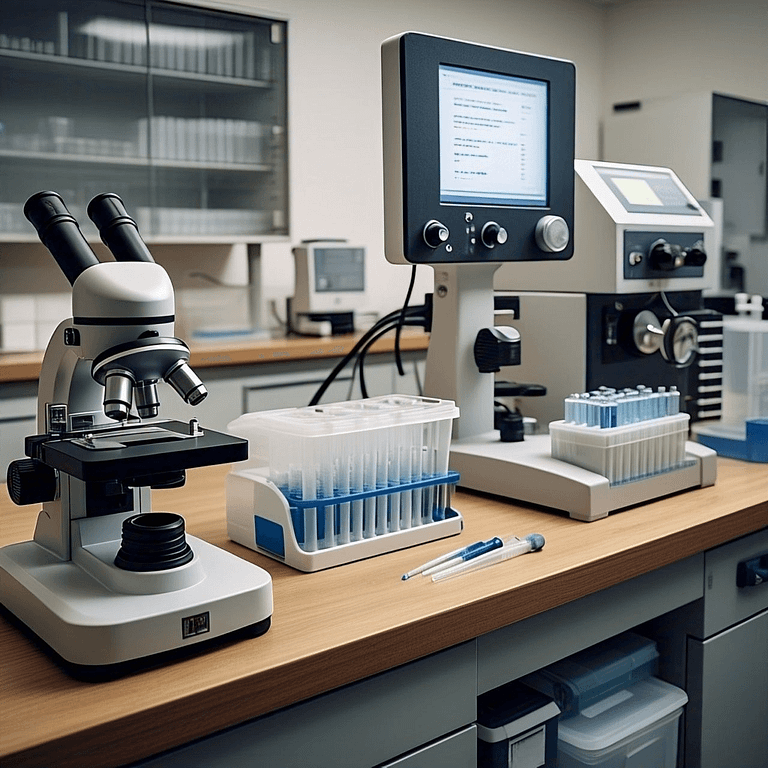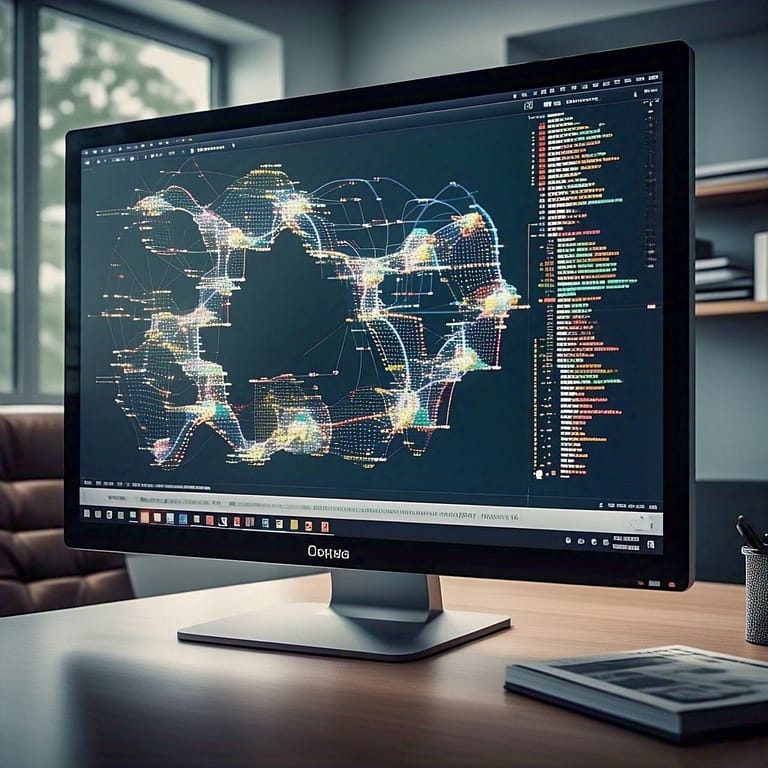Bioinformatics is a revolutionary tool in modern vaccine development, accelerating the design, analysis, and production of vaccines. By leveraging computational tools, bioinformatics helps researchers process vast amounts of biological data, enabling the development of effective and targeted vaccines. From understanding pathogens to predicting immune responses, bioinformatics plays a critical role in combating infectious diseases efficiently and accurately.

The Role of Bioinformatics in Vaccine Development
1. Understanding Pathogen Genomes
Bioinformatics enables researchers to sequence and analyze the genomes of viruses and bacteria, helping identify genes responsible for virulence and infection. This information is crucial in understanding how pathogens cause diseases and in selecting the best antigens for vaccine development.
- Example: During the COVID-19 pandemic, bioinformatics tools were used to sequence the SARS-CoV-2 virus genome, providing essential insights for vaccine design.
2. Identifying Potential Antigens
Antigens are the key components of vaccines that stimulate the immune system. Bioinformatics tools help:
- Predict antigenic regions (epitopes) on the pathogen’s surface.
- Analyze protein sequences to identify highly conserved regions that can trigger an immune response.
- Evaluate antigen stability and suitability for vaccine production.
💡 Did you know? Tools like Vaxign and IEDB are widely used for epitope prediction in vaccine research.
3. Structural Modeling of Pathogens
Bioinformatics provides tools for 3D modeling of pathogen proteins, enabling researchers to visualize their structure and interaction with host cells. This structural data is essential for:
- Designing subunit vaccines.
- Improving vaccine efficacy by targeting critical protein regions.
4. Reverse Vaccinology
Reverse vaccinology is a bioinformatics-driven approach to vaccine development that involves identifying antigens directly from the pathogen’s genome. Instead of culturing the pathogen in a lab, researchers analyze its genetic information to find potential vaccine candidates.
- Example: Reverse vaccinology was instrumental in developing vaccines for meningococcus B and other bacterial infections.

5. Predicting Immune Responses
Bioinformatics can predict how the human immune system will respond to specific antigens. By simulating immune reactions, researchers can:
- Optimize vaccine formulations.
- Reduce the time spent on trial-and-error in clinical studies.
6. Accelerating Vaccine Design
Traditional vaccine development methods are time-consuming and labor-intensive. Bioinformatics accelerates this process by:
- Automating data analysis.
- Predicting the effectiveness of vaccine candidates before laboratory testing.
- Facilitating quick updates to vaccines in response to pathogen mutations.
💡 Case Study: mRNA vaccines, like those for COVID-19, benefited from bioinformatics tools that rapidly analyzed the virus’s genetic code and guided vaccine design.

Bioinformatics Tools in Vaccine Development
Several bioinformatics tools are widely used in vaccine research:
- BLAST: For comparing genetic sequences and identifying homologous regions.
- Vaxign: For predicting potential vaccine targets.
- Epitope Prediction Tools (IEDB, NetMHC): For identifying T-cell and B-cell epitopes.
- PyMOL and Chimera: For 3D visualization of protein structures.
Applications of Bioinformatics in Global Vaccine Research
- Pandemic Response: During the COVID-19 outbreak, bioinformatics tools were used to track virus mutations, enabling the development of updated vaccines.
- Cancer Vaccines: Bioinformatics aids in designing personalized cancer vaccines by identifying tumor-specific antigens.
- Zoonotic Diseases: Tools are used to study viruses jumping from animals to humans, helping prevent future outbreaks.
Challenges in Using Bioinformatics for Vaccine Development
While bioinformatics accelerates vaccine research, challenges remain:
- Data Quality: Accurate and high-quality data are essential for reliable predictions.
- Pathogen Complexity: Highly mutable pathogens like influenza and HIV require constant updates to vaccine designs.
- Integration of Tools: Seamless integration of different bioinformatics tools can be challenging for researchers.
Future of Bioinformatics in Vaccine Development
As bioinformatics tools and technologies advance, their impact on vaccine research will only grow. With the integration of artificial intelligence and machine learning, bioinformatics can:
- Predict long-term immune responses.
- Develop universal vaccines for highly variable pathogens.
- Enable real-time monitoring of vaccine efficacy during clinical trials.
Conclusion
Bioinformatics is revolutionizing vaccine development by making the process faster, more accurate, and cost-effective. From identifying antigens to predicting immune responses, bioinformatics tools have become indispensable for combating infectious diseases and global health challenges.
📌 Explore more about bioinformatics applications and tools at BioPractify.


Leave a Reply